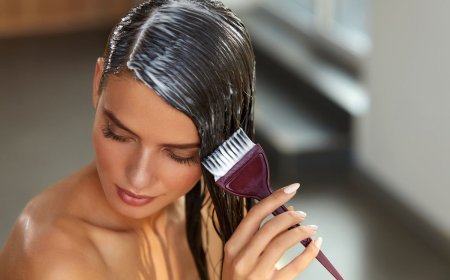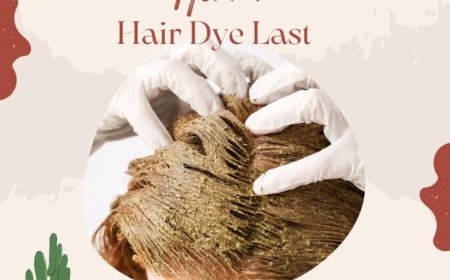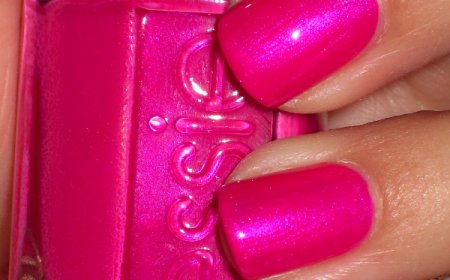Henna Hair Dye in Red: A Natural Way to Get Vibrant Color
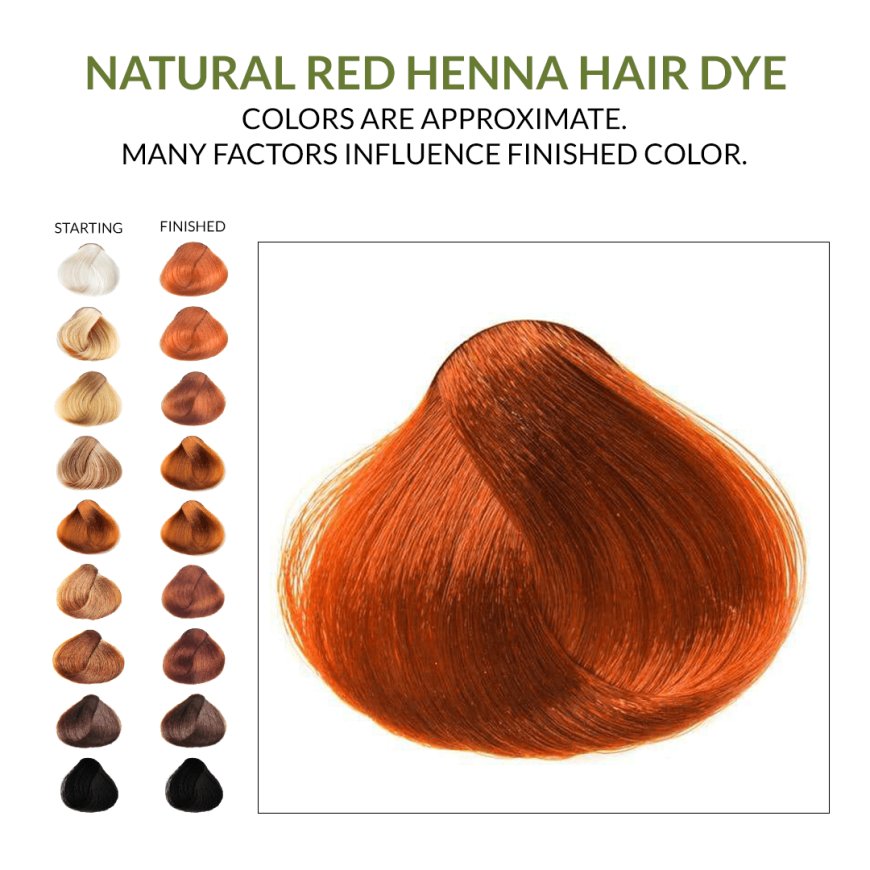
Henna, a natural dye derived from the leaves of the Lawsonia inermis plant, has been utilized for centuries across various cultures for its aesthetic and therapeutic properties. Among its diverse applications, the utilization of henna hair dye in vibrant red hues is garnering increased attention in contemporary beauty standards. This celestial red dye concoction not only imparts vivid color but also contributes additional benefits to hair health. Using henna as a hair dye transcends mere color enhancement; it introduces an array of advantages stemming from its botanical origin.
In this exploration of henna hair dye, we shall investigate the intrinsic properties of henna, the multifaceted benefits associated with its application on hair, and a detailed guide on the process of obtaining the desired red hue. Additionally, we will delve into practical considerations, safety, and various alternatives for individuals seeking non-synthetic hair coloring methods.
Understanding the Creative and Chemical Composition of Henna
The primary component responsible for the distinctive color of henna is lawsone, a red-orange pigment that binds with the keratin in hair, a protein that forms the structural basis of hair strands. When applied to the hair, lawsone undergoes a complex chemical bonding process. This interaction between the dye and the keratin produces a rich, long-lasting color that can range from auburn to deep copper, depending on various factors such as the quality of the henna, the preparation method, and the individual’s natural hair color.
Henna is typically harvested from dried leaves, which are ground into a fine powder. Variations in henna production and preparation can curate diverse qualities of the dye. For instance, the use of specific soils, climatic conditions, and the age of the leaves at harvesting can alter the dye's potency and chromaticity. Hence, sourcing high-quality henna is paramount for those desiring a vibrant red shade.
This natural dye is not only revered for its effective coloration but also for its capacity to condition the hair. It promotes health by enhancing the overall texture and shine, leading to a robust and lustrous appearance. Moreover, the application of henna can reduce scalp issues such as dandruff due to its antifungal properties, fortifying the hair follicles and subsequently minimizing hair loss.
The Multifaceted Benefits of Red Henna Hair Dye
Utilizing henna as a hair dye transcends mere aesthetic preference; it encapsulates numerous advantages tied to its organic nature. These benefits appeal to a wide array of individuals, particularly those wary of chemical alternatives.
Natural and Chemical-Free Formulation
One of the paramount advantages of henna hair dye is its natural composition. Unlike conventional hair dyes laden with ammonia, parabens, and other synthetic chemicals, henna offers a holistic alternative devoid of harmful ingredients. This characteristic renders henna particularly appealing to those with sensitive skin or allergies, as it minimizes the risk of adverse reactions while maintaining a vibrant coloration.
Moreover, henna serves as a non-toxic option for individuals keen on eliminating harsh chemical exposure. As awareness surrounding the long-term ramifications of chemical hair treatments flourishes, consumers increasingly gravitate toward natural alternatives.
Conditioning Properties that Nourish the Hair
Henna exudes unique conditioning properties that enhance hair vitality. The tannins present in henna adhere to the hair shaft, imparting a notable smoothness and effectively reducing frizz. Regular application can improve hair manageability, making it a sought-after choice for those dealing with unruly textures.
Furthermore, henna’s natural astringent quality can aid in regulating oil production on the scalp, promoting balance and a healthy environment conducive to hair growth. For those experiencing excessive oiliness or dryness, henna can serve as a mediating force that nurtures the scalp, consequently catalyzing a healthier hair cycle.
Promoting Stronger Hair Growth
In addition to enhancing the coloration and overall appearance, henna plays a vital role in fortifying hair strength. Research suggests that regular use of henna can minimize hair breakage by forming a protective barrier around each strand, thus mitigating damage caused by environmental factors and styling practices. This robustness ensures vibrant locks over time, as the hair becomes inherently stronger and less prone to brittleness.
Step-by-Step Guide to Achieving Vibrant Red Hair with Henna
The process of achieving a lustrous red hue with henna is both ancient and accessible. Following a structured yet comprehensive approach ensures optimal application techniques, enhancing the eventual color outcome.
Preparing the Henna Mixture
The initial step in the process involves preparing the henna paste. Start by selecting high-quality henna powder. In a bowl, combine the henna powder with a suitable acidic medium, such as lemon juice or vinegar, which elevates the dye release process. The acidic medium facilitates the breakdown of lawsone, enabling a more potent coloring effect.
Once the henna powder and acidic medium are combined, add water gradually to attain a yogurt-like consistency. Allow the mixture to sit for several hours or overnight to optimize the dye release. This maturation process is crucial in ensuring a rich, vibrant color.
Application Techniques for Optimal Color Retention
Before application, it is advisable to conduct a patch test to ascertain any allergic reactions. Once confirmed, proceed to apply the henna paste systematically, sectioning the hair to ensure even coverage. The optimal technique is to apply henna from the roots to the tips, ensuring complete saturation.
After application, cover your hair with a plastic cap or wrap to contain heat and facilitate color penetration. The duration of the application can range from two to four hours, with longer durations typically yielding deeper pigmentation. After the desired time, rinse the hair thoroughly with water, avoiding the use of shampoo for at least 24 hours to allow the color to settle.
Post-Henna Care and Considerations
To maximize the benefits of henna hair dye, it is essential to adopt a holistic approach to post-application care. Utilizing natural hair care products devoid of sulfates and harsh chemicals ensures prolonged vibrancy in coloration. Additionally, incorporating regular deep-conditioning treatments aids in maintaining overall hair health.
It is worth noting that henna dyes do not perform well on gray hair, resulting in a less vibrant outcome. For individuals with significant gray coverage, it may be advisable to consider pre-tinting with a different shade prior to applying henna.
In conclusion, henna hair dye, particularly in its striking red variation, embodies a versatile and health-conscious alternative to conventional hair coloring methods. Its natural composition, coupled with the myriad benefits it offers, provides an enticing option for those seeking vibrancy along with hair health. Adopting henna as a regular part of one’s hair care regimen not only contributes to color but advances a more holistic understanding of hair nutrition and vitality.
What's Your Reaction?
 Like
0
Like
0
 Dislike
0
Dislike
0
 Love
0
Love
0
 Funny
0
Funny
0
 Angry
0
Angry
0
 Sad
0
Sad
0
 Wow
0
Wow
0

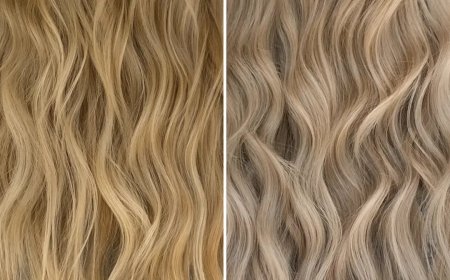
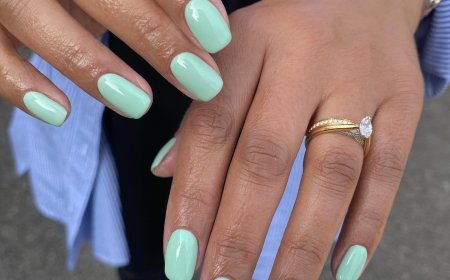
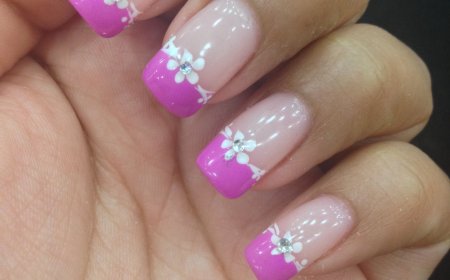

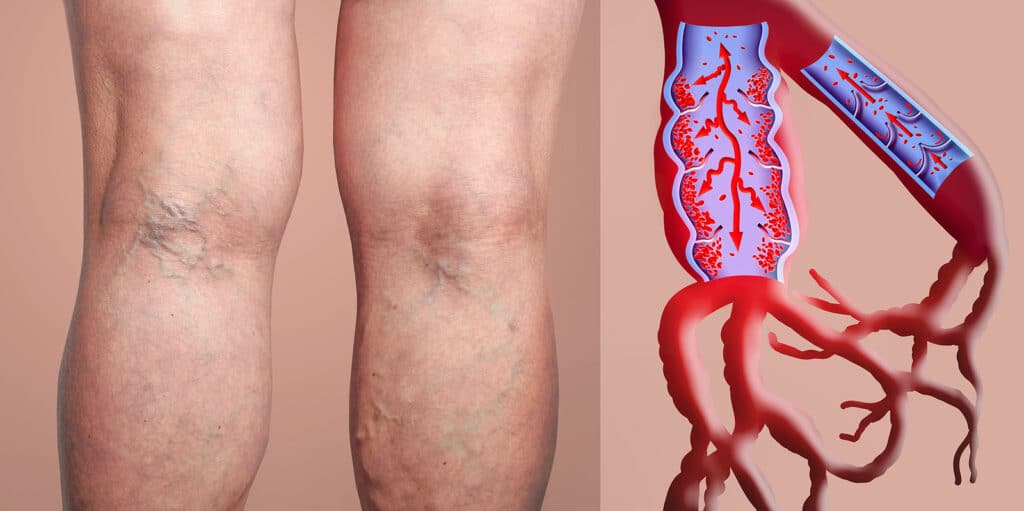



:max_bytes(150000):strip_icc()/drugstore-retinol-creams-tout-f76b9d2796e34eaa8376801c83fb1888.jpg)
